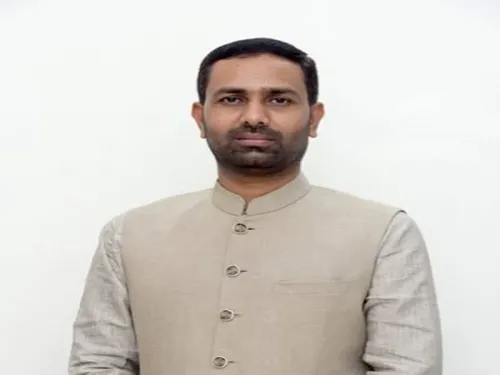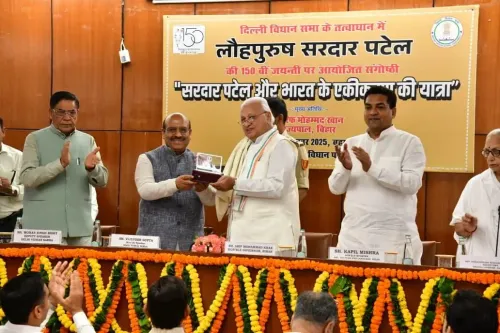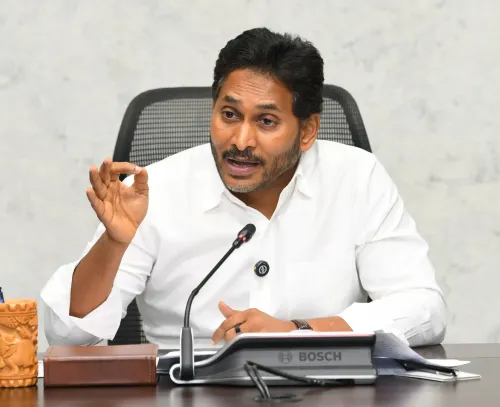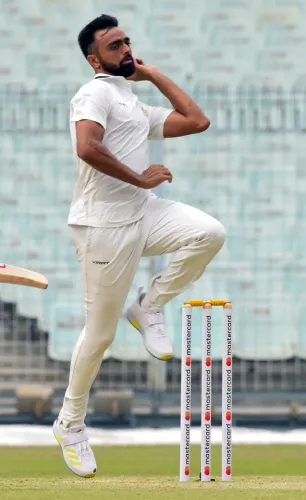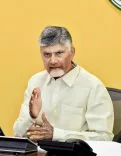Is India Emerging as a Powerhouse in the Global Maritime Field?
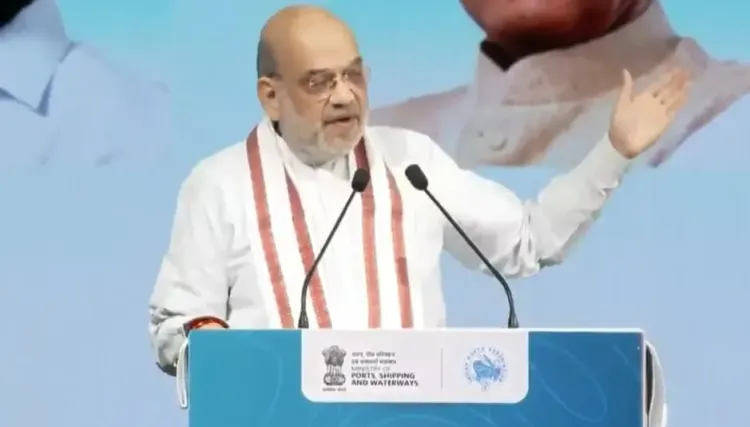
Synopsis
Key Takeaways
- India is positioning itself as a global maritime powerhouse.
- Over 100 nations participated in the India Maritime Week.
- The government aims for 100% green fuel ships by 2030.
- The maritime sector contributes 60% to India's GDP.
- Investment opportunities worth Rs 10 lakh crore are anticipated.
Mumbai, Oct 27 (NationPress) Union Home Minister Amit Shah stated on Monday that thanks to the reforms implemented by the Modi administration in the maritime arena, India is becoming a global powerhouse in the maritime field.
“Prime Minister Narendra Modi’s maritime vision is built on three fundamental pillars: security, stability, and self-reliance,” he remarked during his inaugural address at the India Maritime Week conference and exhibition.
“India is acting as a bridge between the Indo-Pacific and the Global South, leveraging its maritime position, democratic stability, and naval prowess. It is also propelling development, security, and environmental concerns,” the Home Minister emphasized.
He highlighted, “Today, over 100 countries are represented at this maritime event. This signifies that India's maritime heritage continues to be a focal point for global partnerships and regional stability.”
“As we gather on the shores of Mumbai, the gateway to India’s maritime future, we are not merely inaugurating an event but igniting a Maritime Revolution for a developed India by 2047,” he stated.
He further pointed out that the government is dedicated to cultivating a green maritime future by concentrating on 100% green fuel ships (ammonia/methanol) by 2030, AI-driven predictive logistics offering 15% fuel savings, and a National Maritime Single Window for achieving 95% digital clearances.
“India's maritime strength and strategic location are reflected in our extensive coastline of over 11,000 kilometers. With 13 coastal states and Union Territories, our maritime commerce plays a vital role in the economy,” the Home Minister stated.
He underscored how this expansive coastline underpins trade, logistics, and the blue economy.
Home Minister Shah noted that 70 projects under the Sagarmala initiative have been completed, enhancing port infrastructure and connectivity.
The maritime sector now contributes roughly 60% to India’s GDP through ports, shipping, and logistics. “This conference is anticipated to unlock investments worth Rs 80 lakh crore and generate 1.5 crore jobs. Investment avenues estimated at Rs 10 lakh crore will arise in this sector due to these summits, significantly supporting PM Modi's vision for a developed India by 2047,” he added.
“India believes in cooperation rather than competition, and we have a strategic plan ready to connect with the global maritime industry,” he mentioned.
The Home Minister emphasized the importance of collaboration in shipbuilding, green shipping, inland waterways, and sustainable growth to establish India as a global maritime hub. He announced that the forthcoming Vadhavan Port in Maharashtra will rank among the top 10 ports globally, emphasizing infrastructure enhancements for international competitiveness.
“India's oceans are not merely borders; they are bridges to a developed Bharat. This week in Mumbai, we unite not just countries, but visions for a sustainable and prosperous maritime future,” declared the Home Minister.
He concluded by stating that the conference reaffirms India's Maritime Vision 2030, aiming for self-reliance (Aatmanirbhar Bharat) in ocean resources and trade.

